Geographic style maps for two-dimensional lattices
- PMID: 36601758
- PMCID: PMC9813684
- DOI: 10.1107/S2053273322010075
Geographic style maps for two-dimensional lattices
Abstract
This paper develops geographic style maps containing two-dimensional lattices in all known periodic crystals parameterized by recent complete invariants. Motivated by rigid crystal structures, lattices are considered up to rigid motion and uniform scaling. The resulting space of two-dimensional lattices is a square with identified edges or a punctured sphere. The new continuous maps show all Bravais classes as low-dimensional subspaces, visualize hundreds of thousands of lattices of real crystal structures from the Cambridge Structural Database, and motivate the development of continuous and invariant-based crystallography.
Keywords: complete invariants; continuity; isometry; metric tensor; obtuse superbase; reduced basis; two-dimensional lattices.
open access.
Figures

























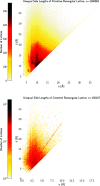
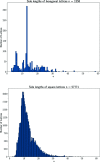
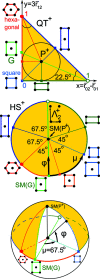


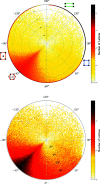

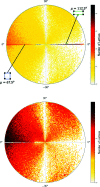
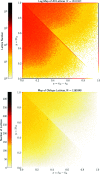
References
-
- Andrews, L. C. & Bernstein, H. J. (1988). Acta Cryst. A44, 1009–1018.
-
- Andrews, L. C., Bernstein, H. J. & Pelletier, G. A. (1980). Acta Cryst. A36, 248–252.
Grants and funding
LinkOut - more resources
Full Text Sources

